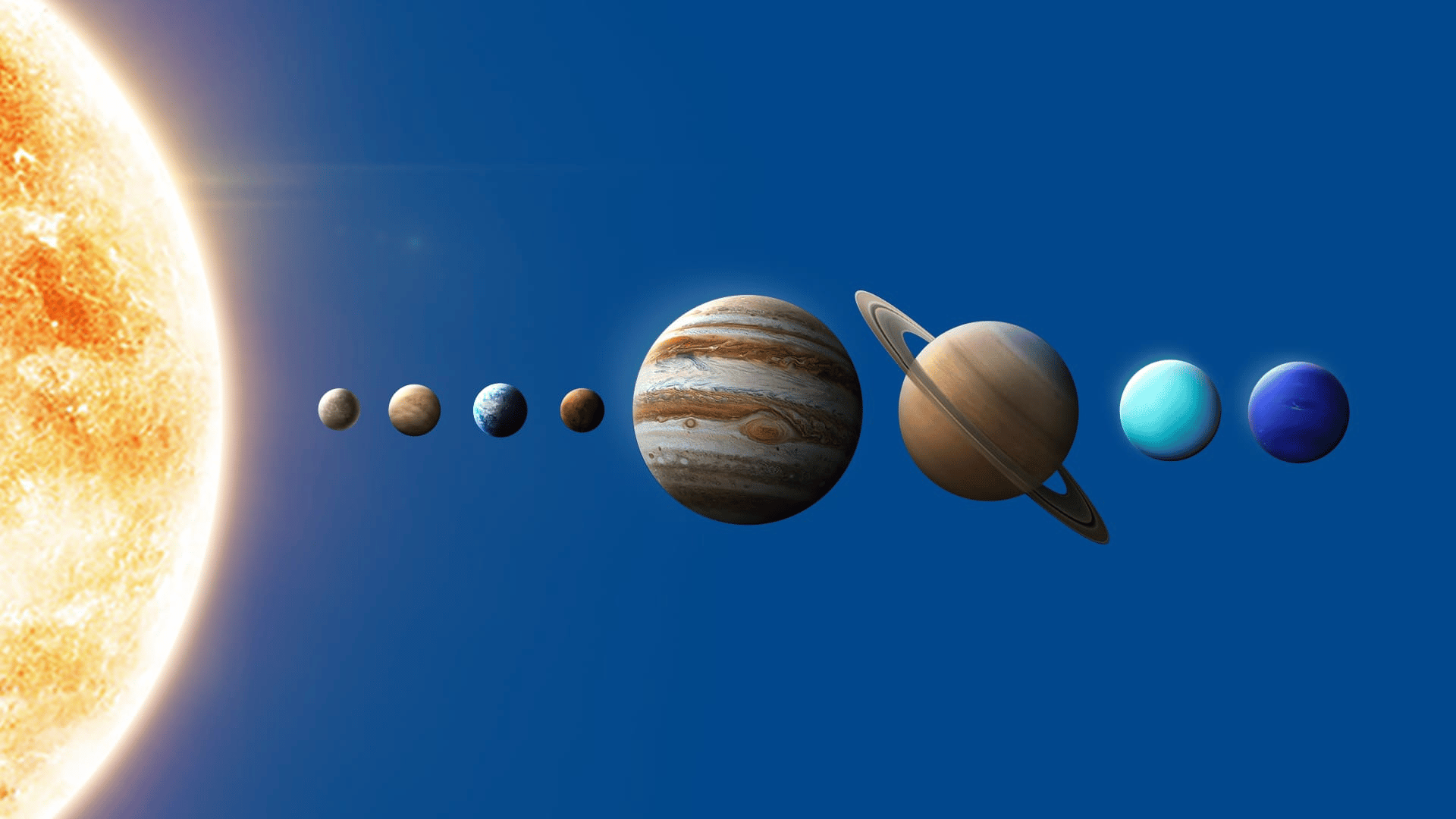The final “planet parade” of 2025 takes place this Sunday, but the sky will feature a series of exciting space events leading up to and after the parade’s peak.
Space Events This Week

To begin the events of the week, sky-watchers may have spotted the Venus-Jupiter conjunction on the evening of Tuesday, August 12. The two bright planets, which can be seen best an hour before sunrise, are now in the process of moving away from each other.
As the week goes on, Saturn will illuminate the south, and Mercury will rise below Venus and Jupiter. Mercury will get higher each morning throughout this week and, according to NASA, it won’t be easy to see because it will appear very low in the sky. It will be easiest to see on the night of August 19, and it will remain visible until around August 26.
Planet Parade and Other Events
The six planets — Mercury, Venus, Jupiter, Saturn, Uranus, and Neptune — will appear in the night sky together for almost a week, beginning Sunday, August 17. According to Live Science, the rare “planetary parade” will continue through Wednesday, August 20.
Sky-watchers should be able to see Jupiter, Saturn, Venus, and Mercury with the naked eye, but spotting Uranus (between Saturn and Jupiter) and Neptune (close to Saturn) will require a good telescope because the planets are too dim and distant.
According to Forbes, a 26% crescent moon will be seen near Venus and Jupiter on Monday, August 18. On Tuesday, August 19, Mercury will reach its highest point in the morning sky as a 16%-lit crescent moon forms a curve with Venus and Jupiter. A 9%-lit crescent moon will be close to Venus on Wednesday, August 20. Finally, on Thursday, August 21, a 4%-lit waning crescent moon will be located beneath Jupiter and Venus.
According to the Starwalk app, the next alignment will occur on February 28, 2026, when Mercury, Venus, Neptune, Saturn, Uranus, and Jupiter align in the sky.







